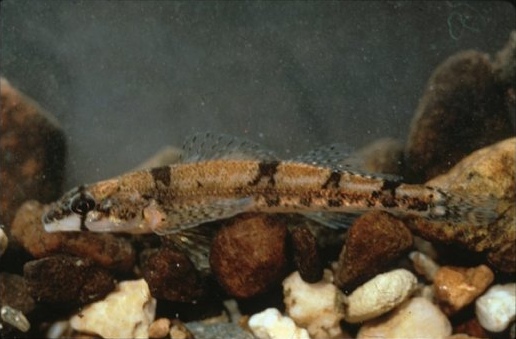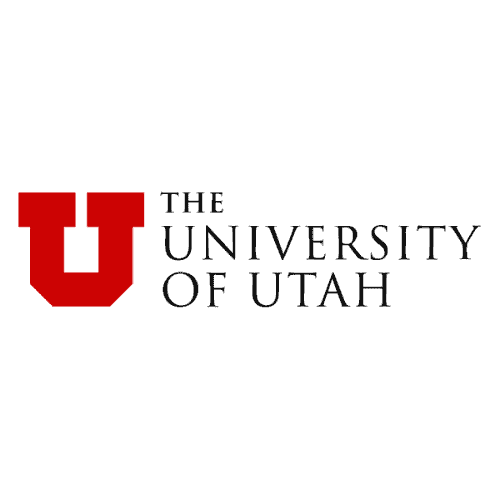
Q: What are the endangered species issues in the Etowah River Basin? What are the challenges to implementing protection for these species?
A: The Etowah River Basin has experienced tremendous growth pressure from metro-Atlanta and five of the fastest growing counties in the country. As a result, demands placed on water resources and increased urbanization have led to aquatic habitat loss and diminished habitat quality. The three listed aquatic species targeted by this initiative, the Cherokee darter, Etowah darter, and amber darter, are especially vulnerable to land-use changes. Mitigation for adverse impacts has primarily been provided through on-site actions such as stormwater management to minimize impacts and, in some instances, off-site mitigation handled on a case-by-case basis. Corblu identified the need and opportunity for a conservation banking program to provide additional conservation in the watershed.
Q: Why conservation banking?
A: Federal guidance has recommended the use of conservation banks under the Endangered Species Act as a means to conserve listed species in instances where impacts are unavoidable. A conservation bank is basically privately or publicly owned land managed for its natural resource values. In exchange for protecting the land, the bank operator is allowed to sell habitat credits to developers who need to satisfy legal requirements to offset their environmental impacts. In short, conservation banking shifts the administrative burden of managing projects to private entities specialized in the field. Often these approaches provide superior outcomes and are more cost effective than traditional mitigation approaches.
Q: How will Corblu develop a conservation bank to provide listed species protection in the Etowah River Basin?

Q: Did the lessons from PEI in business planning help you gain a more comprehensive understanding of how to participate in these markets?
A: Attending PEI helped me think critically about factors pertinent to establishing sustainable markets and successful projects. The case studies presented at PEI provided real-life examples of project implementation, creative funding sources, and adaptive management. Lessons on the importance of economic incentives, for example, reinforced the need to assure that credit methodology adequately incentivizes participation in the market while also providing the needed environmental benefits. Most importantly, PEI drove home the importance of balancing conservation and business and looking for win-win scenarios for both people and the environment.
Applications for PERC’s 2012 Enviropreneur Institute are now open. The deadline to apply is March 5th. For more information, watch the video and visit www.enviropreneurs.org.


